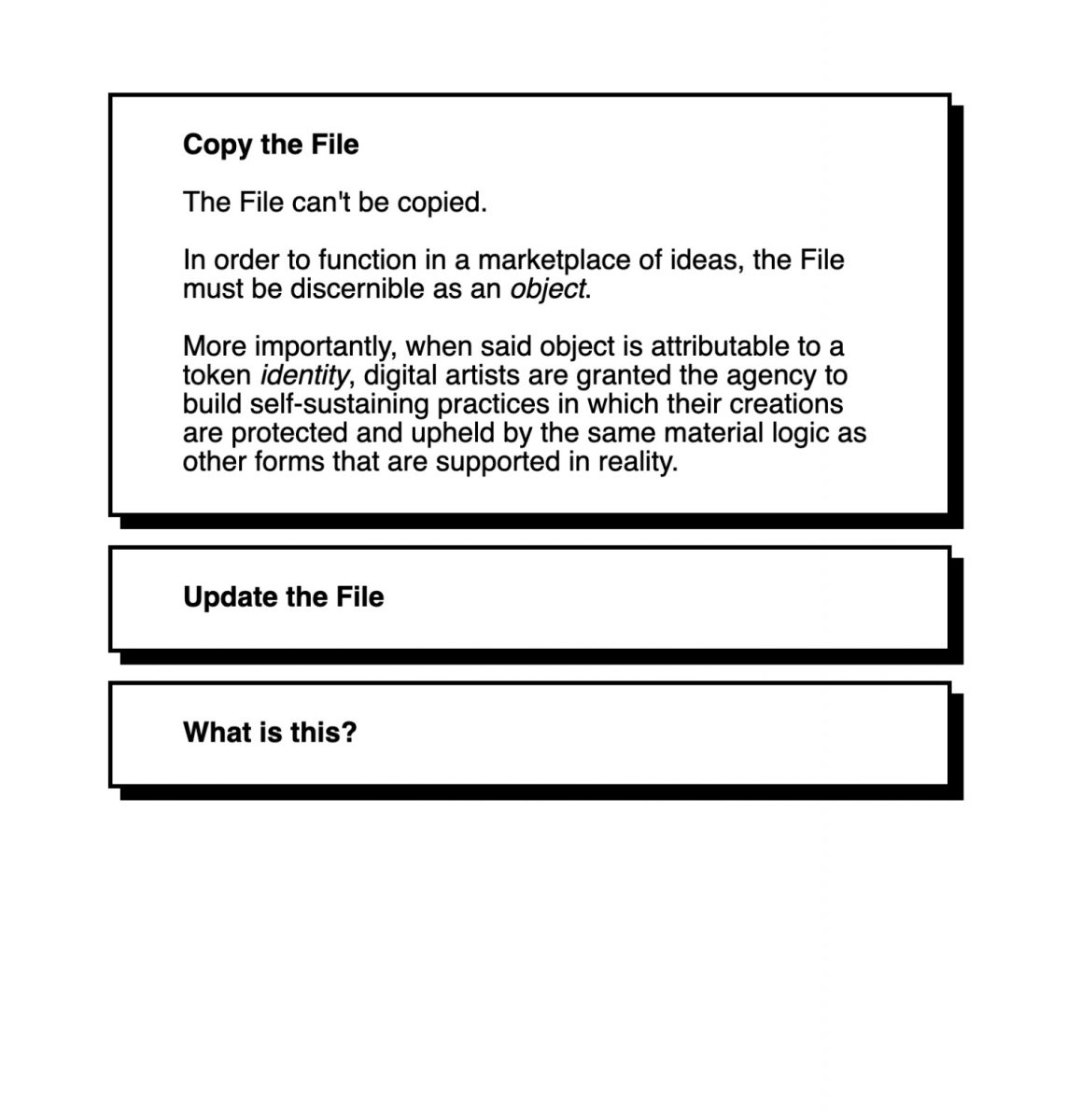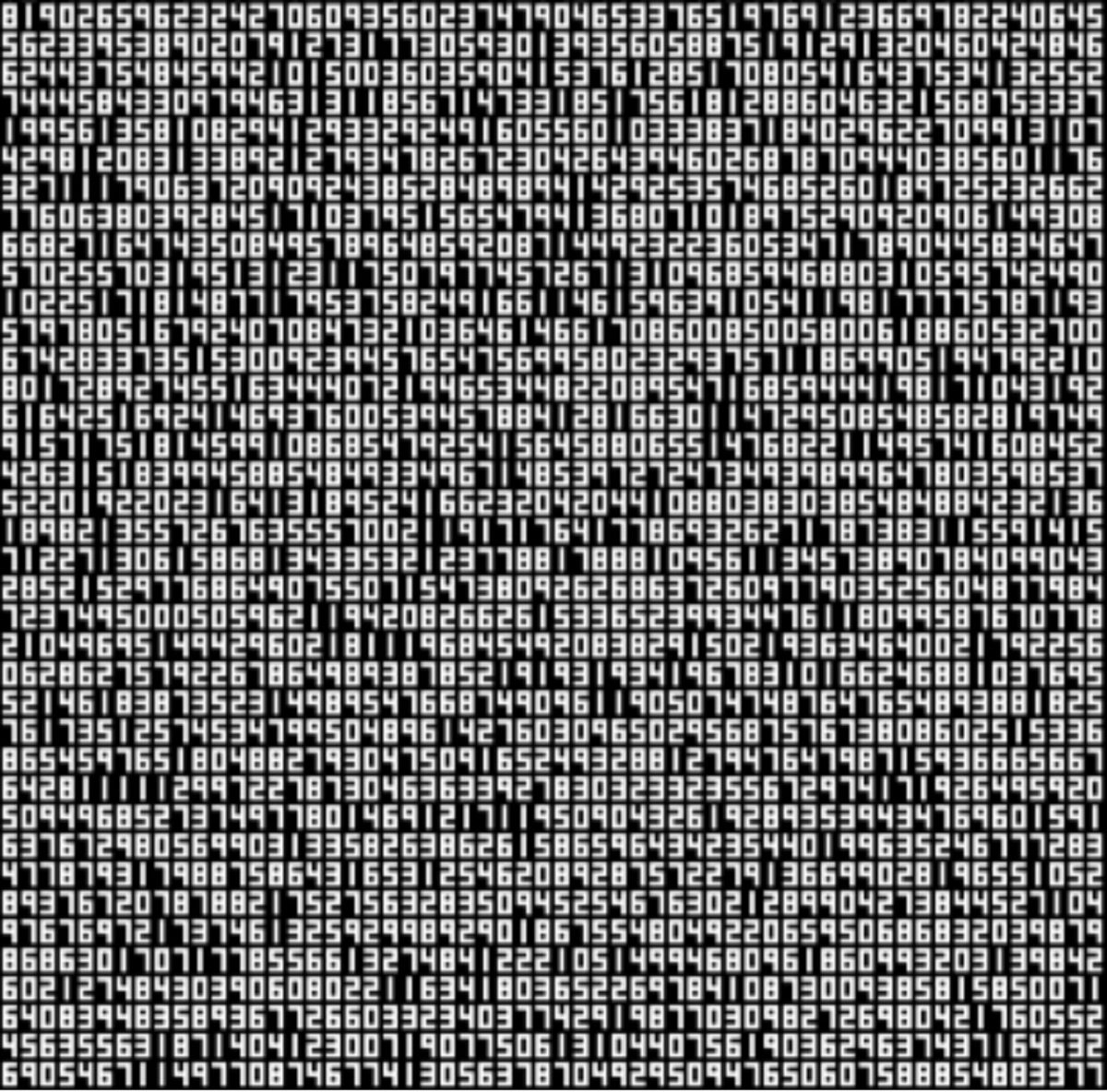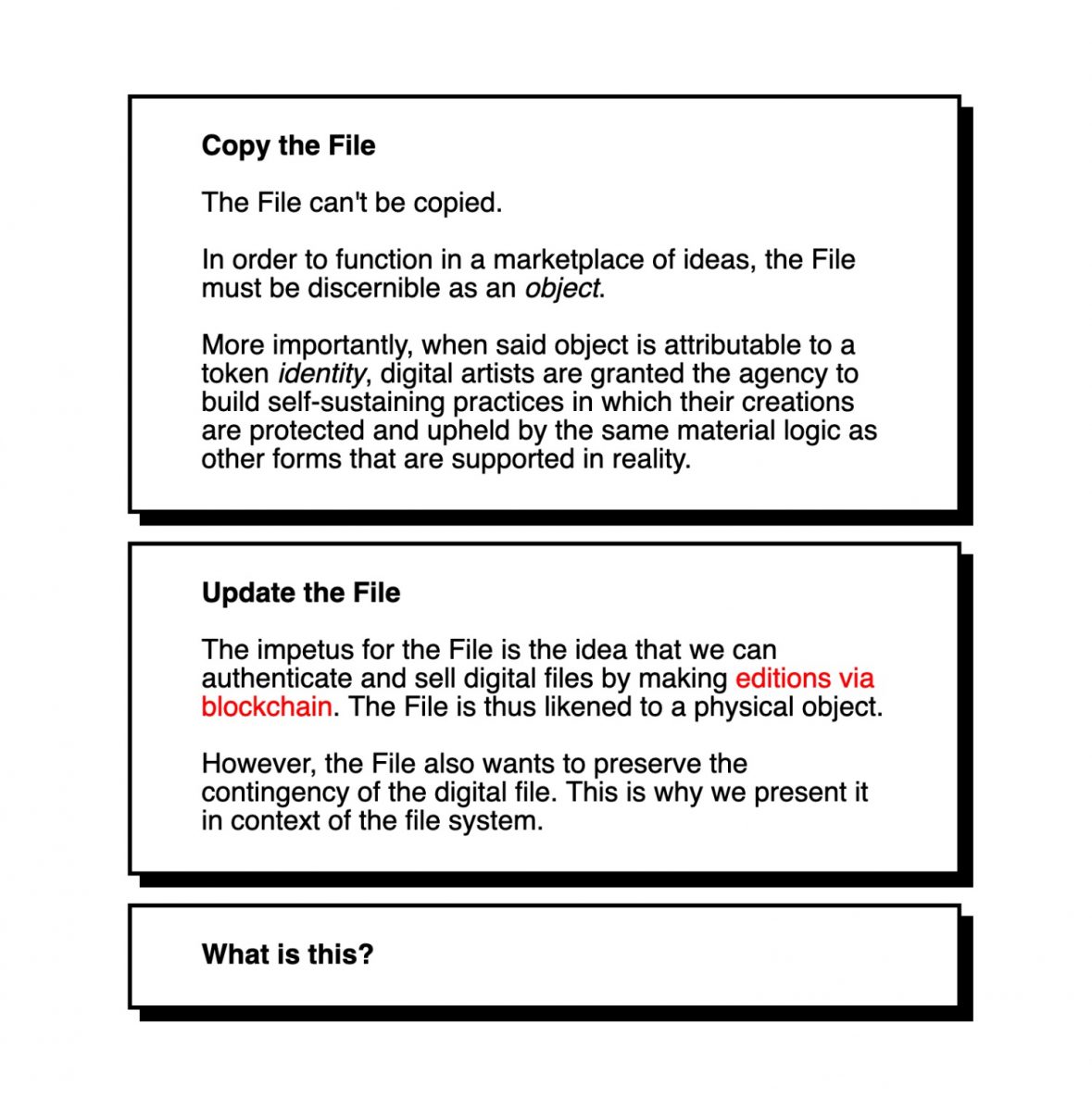
This May, the multinational art auction giant Sotheby’s announced Natively Digital, a “curated NFT [non-fungible token] sale” mounted in collaboration with the anonymous artist behind the blockchain-focused project Robert Alice, set to occur from 3-10 June, 2021. It describes itself as featuring “sourced emerging crypto artists and the ‘old masters,’” and co-organised with partners “from across the ecosystem of art and technology”.
NFTs are the art world’s latest pet technology. They enable dealers to verify a digital artwork on the blockchain as unique, and to sell them in the same way that they would any physical artwork such as a painting or a sculpture. The Sotheby’s sale sees them become the second major auction house to hop on board the NFT market, after US-based artist Beeple closed his Everydays series at Christie’s back in March for $69 million.
For many members of the digital art community, witnessing the meteoric sales point of another unexceptional white male artist (achieved against the backdrop of a sluggish art economy, canceled shows, and pandemic-spooked collectors) felt far from the much-hyped ‘art revolution’. The racist and sexist features of Beeple’s work, hiding in plain sight behind its sheer volume of 5,000 doodles pooled into one memelord megalith, have been largely overlooked by the media.
“Witnessing the meteoric sales point of another unexceptional white male artist felt far from the euphoric ‘art revolution’ hyped by the media”
Meanwhile, it transpired that the buyers of Everydays, Bitcoin billionaires MetaKovan and Twobadour, had previous stock in other Beeple works that they were dividing up and re-selling, now at a hyperinflated rate. Against starry-eyed claims that NFTs would disrupt the industry and elevate digital artists, it was becoming clear that NFTs helped the already-rich and well-connected to profit, serving as yet another tool of speculative finance.
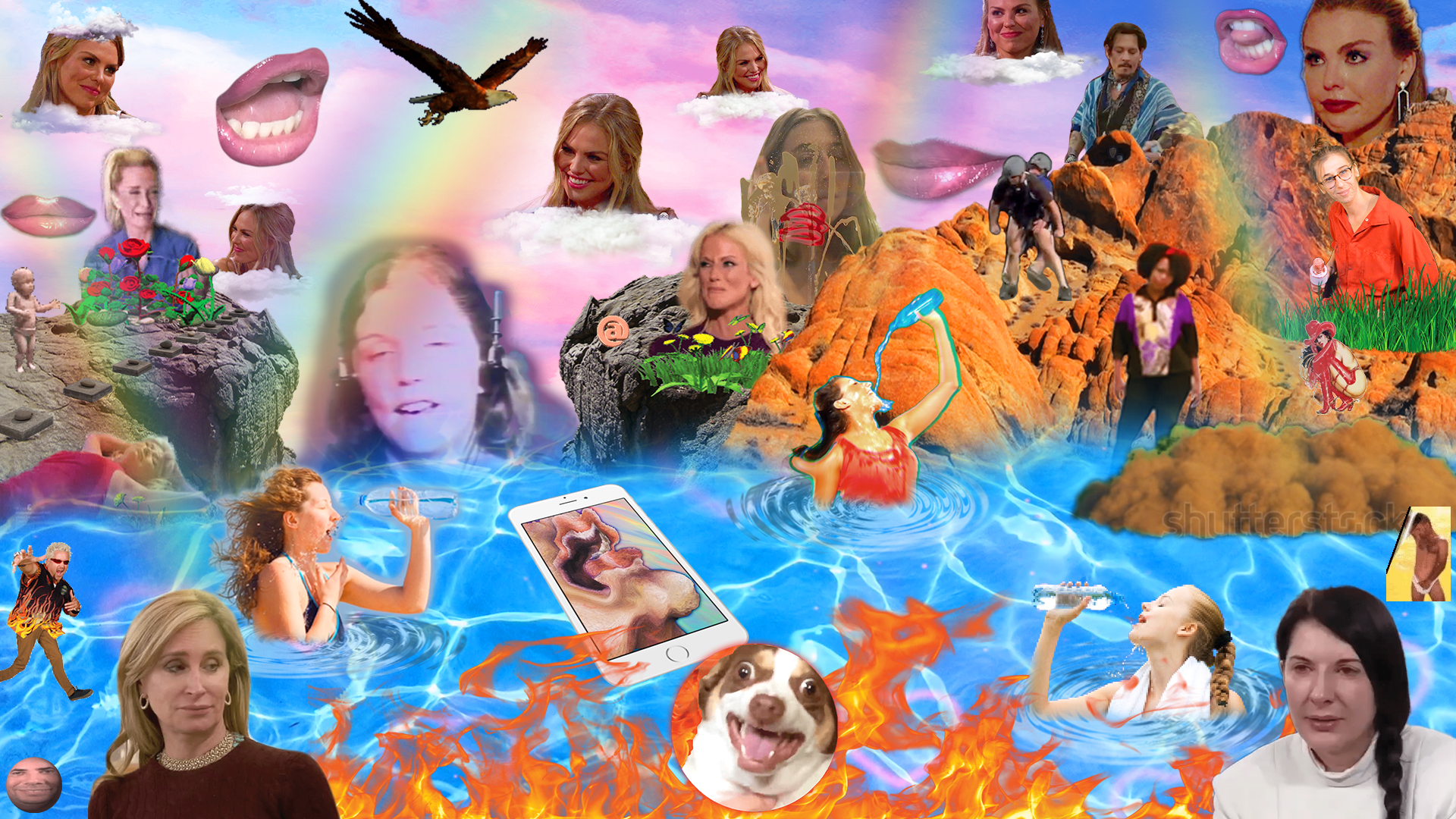
Currently, the mainstream NFT marketplace operates on Ethereum (ETH), a Proof-of-Work (PoW) blockchain whose value system runs in direct proportion to its destruction of the environment (to ‘prove’ the minting or mining process, a computer must burn exorbitant amounts of energy to solve a complex mathematical equation). Frustrated by the lack of transparency around ETH’s energy use, artist and technologist Memo Akten did some digging. In December 2020, he published The Unreasonable Ecological Cost of #CryptoArt, and the findings were bleak: the average artist selling NFTs burns the same energy as taking ten transatlantic flights, but it can easily scale up to the average EU resident’s energy use over 40 years.
Despite years of ETH promising a Proof-of-Stake (PoS) upgrade, which would use 99.9% less energy than PoW, it has yet to arrive. “If creators and buyers really cared about the environmental impact of NFTs, they would have waited for a cleaner alternative before diving in,” comments LA-based artist Cassie McQuater. “And if capitalism had the answers to any of the myriad issues facing society, these problems would be solved already.”
“It was becoming clear that NFTs were being used to profit the already-rich and well-connected while serving as yet another tool of speculative finance”
Beyond its grave environmental damage, does this marketplace have the best interests of artists at heart? Artist Everest Pipkin argues that the artificial scarcity model of NFTs (the unique certification process known as ‘minting’) runs in contrast to the ideology behind digital art, as a duplicable and easily accessible format whose lack of a true ‘original’ is its greatest asset.

Other artists like Addie Wagenknecht (who will donate her proceeds from the Sotheby’s sale to NGOs combating homelessness and mental health) see both sides. “The majority of artists who existed prior to this pandemic had to exist within certain social and economic structures to survive,” Wagenknecht explains. “When Covid hit, many of us had our entire year or more of exhibitions cancelled or delayed or postponed indefinitely. In some sense, I see the NFT space as the perfect storm of being in lockdown in our homes, losing the majority of our livelihood in a matter of days and needing to find ways to adapt. But I’m not convinced its argument of disruption is honest.”
Far from offering egalitarian access, the NFT economy operates on a pay-to-play basis. ‘Gas fees’ charged by marketplaces for minting work can often run to $500-$1,000 for a 50Mb file, while a study by artist Kimberly Parker reveals that almost 70% of NFTs sell for less than $300. One look at the top 20 best-selling NFT artists, (18 of whom are men), or a glance at Rarible (the invite-only “artist’s choice” marketplace for NFT collectors), reveals a homogenised pool of offerings.
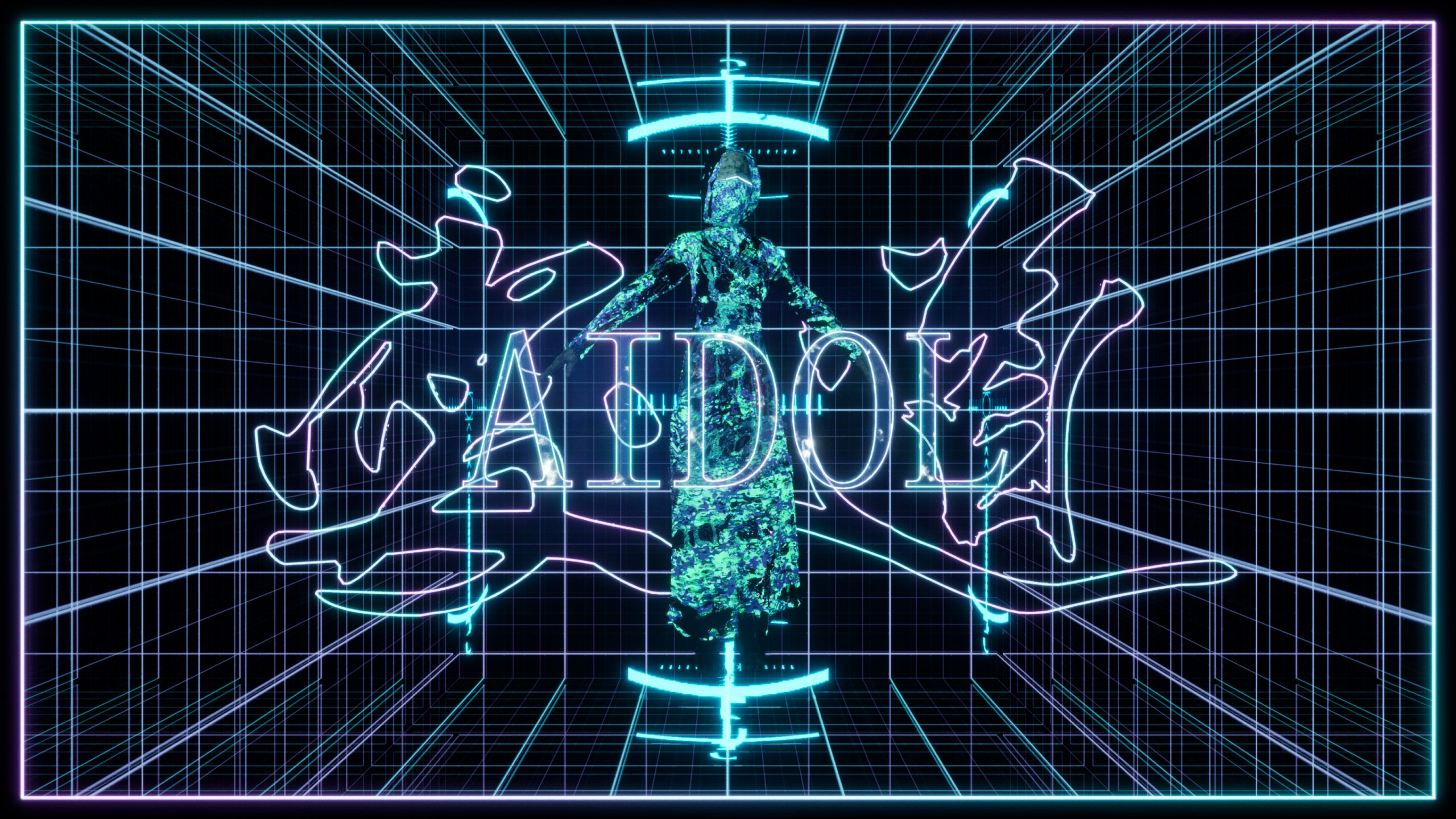
Certain themes perform unilaterally well as NFTs: art historical knockoffs with Bitcoin paraphernalia; acid graffiti, ASMR-triggering 3D GIFs; memes; any neon-soaked gesture at vaporwave. Far from breaking new aesthetic ground, many NFTs raking in thousands just look like the wall art of a bad post-internet-themed AirBnb. “The NFT space just replaces the existing structures with new ones which are simply virtual pyramid schemes of the existing schemes,” suggests Wagenknecht. “It’s still a handful of mostly white male collectors collecting other white men.”
In the fray, a new type of NFT exhibition is beginning to emerge. Occupying this deeply problematic, whitewashed and inequitable market, this genre of show seeks to critique the system from inside, with varying degrees of success. A standout example is Pieces of Me, organised by LA-based TRANSFER Gallery and curated by co-directors Wade Wallerstein and Kelani Nichole.
“The NFT space is still a handful of mostly white male collectors collecting other white men”
Pieces of Me is a rebuttal against the homogenic banality of the NFT space as a vessel for unchecked speculation. A collection of more than 50 artists (including Lawrence Lek, Kumbirai Makumbe, Eva Papamargariti, Keiken, and Molly Soda) is presented inside a radical new framework co-developed with left.gallery. Each artist receives a smart contract that guarantees 50% artist royalties on future sales and provides them with a ‘digital twin’ copy of their work to retain ownership over. “Most of the NFT platforms retain usage rights over the artist’s work forever,” explains Wallerstein. “But we are attempting to correct a number of these issues, to engage in a public experiment on how we can rethink this current moment.”
Echoing König Galerie’s NFT show THE ARTIST IS ONLINE, the curators welcomed criticisms of the NFT marketplace embedded into the work. Going a step further, Pieces of Me
presents boycott pieces by Cassie McQuater and Alice Yuan Zhang, who reject the NFT sales model altogether. Meanwhile, Ryan Kuo’s contribution File (2016-ongoing), which will update with new content for as long as the artist is alive, is a poetic gesture at a patron-like model for NFTs.
TRANSFER Gallery’s reliance on ETH feels like a missed opportunity, as the currency encapsulates so much of the exclusivity and environmental damage baked into the mainstream NFT marketplace. That said, TRANSFER is currently looking into adopting one of many PoS currencies already in operation, such as Algorand, Polkadot or Cosmos, for future NFT exhibitions.

“Could they be something truly revolutionary, as opposed to another opportunistic auction house pretending to break the mould?”
Beyond a swap in currency, even the most radically critical NFT shows don’t stray from the capitalist transaction of money for objects. Can NFTs be a path to a more generous, and generative, artist support system? Could they be something truly revolutionary, as opposed to another opportunistic auction house pretending to break the mould? What might this revolution look like? And who might enact it?
“A real revolution on the art market side means shifting modes of collecting from the desire to purchase and obtain a unique art object, to the desire to fund an artist’s (or group’s) practice,” reflects McQuater. “What work could we make if collectors and galleries were funding our lives and practices instead of purchasing our objects for their private collections?”
